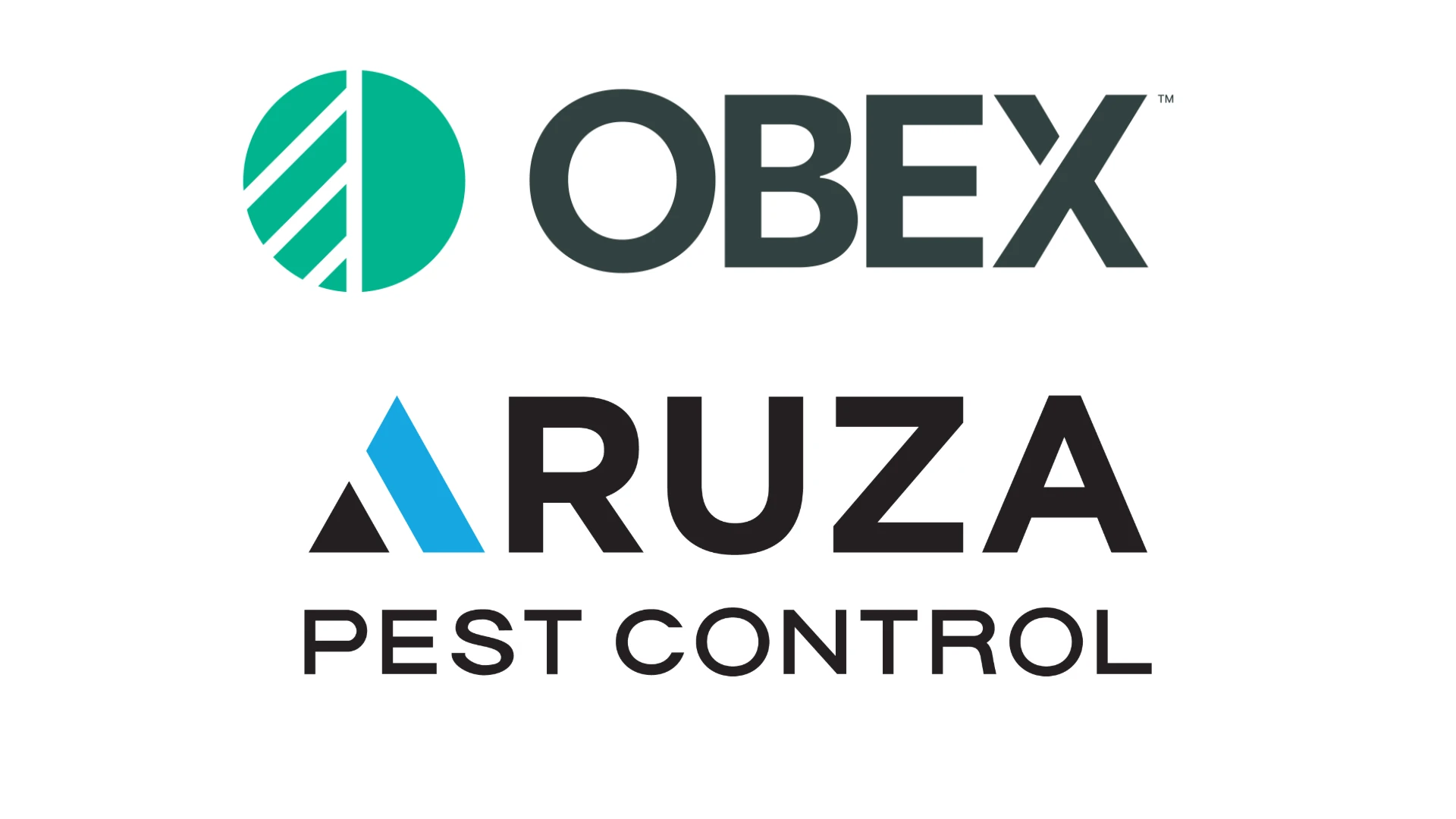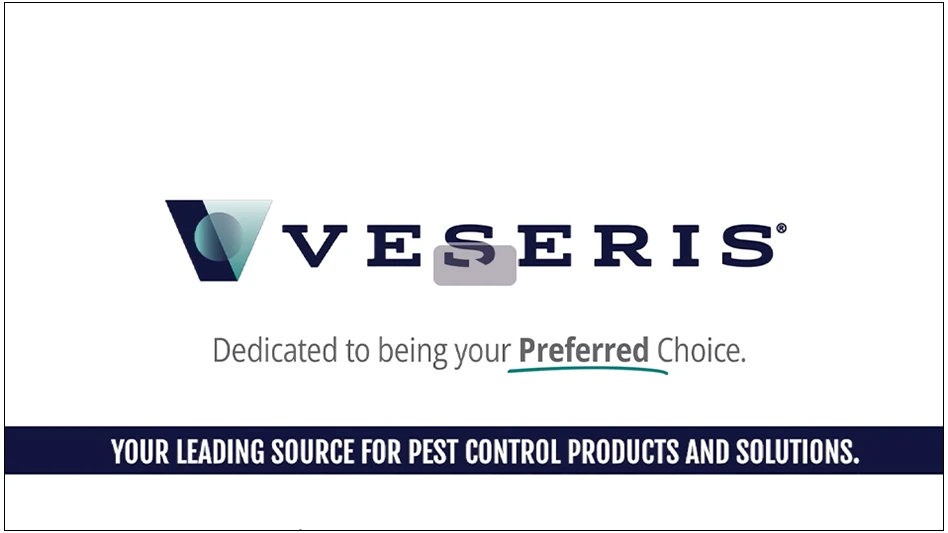Technician compensation programs profoundly impact a pest management firm’s organizational success. The way technicians perform their work is greatly shaped by how their total compensation system is designed, communicated and managed. Effective pay systems are paramount in growing your firm. But what are the elements of a technician compensation program that are both fair and motivating to the technician while allowing your firm to profit and not run afoul of the Fair Labor Standards Act (FLSA)?
Here are my six elements to a successful technician compensation arrangement:
- The plan needs to be built to retain competent technicians. Over the long term, managing a pest control company is easier when there is low employee turnover. The wage a technician makes, as well as the corporate culture of the firm, many times can dictate the employee turnover rate. If the technician sees his work as a career as opposed to a job, he is more likely to stay and grow with the company.
- The plan needs to provide predictable and competitive compensation as compared to similar job functions at similar companies. The total compensation package needs to provide a livable paycheck week after week. In many places pest control is seasonal. Companies that prosper are able to smooth out their revenue and mitigate cash flow issues created by seasonality. While technicians usually make more money in the warmer months, if they are not adequately compensated in the cooler months, they may leave your company (or the industry) seeking a more stable paycheck.
- The plan gives each technician a chance to earn a higher income. Commissions and bonuses can be motivating. They need to be easily calculated by both the office staff as well as the technician himself. If an incentive program is not easy to calculate there can be ill will. Nothing is more demoralizing to a technician than the promise of incentives and when the technician starts work, he finds a dysfunctional workforce and no systems in place to accurately calculate incentive-based pay programs.
- The plan needs to deliver secure employment. The beauty of our business is that if we build our company using a recurring service contracts model, we can provide steady employment. After all, the technicians we want live pretty stable lives. Part of this stability is a predictable paycheck.
- The plan rewards for loyalty as well as technical competence. Many companies use a compensation grid that breaks their technicians into a few ranks. These ranks are usually attained after passing some sort of competency tests such as becoming licensed, adding applicator categories or passing a master technician exam. Within the ranks there are minimum and maximum wage rates and bonuses. As a technician moves to the next rank he will earn more.
- The plan provides for leadership and a clear vision of the company’s goals, including profitability. For most companies, general pest control technician labor measured as a percentage of revenues should be in the 20 to 25 percent range. This includes only compensation, and does not include benefits or payroll taxes. Once we add benefits and payroll taxes, we can add another 5 to 7 percent of revenues into technician costs. Typically technician benefits include health insurance (which the technician usually contributes a portion to monthly premiums) as well as 401(k) or other retirement plans. If a technician is allowed to take his truck home, it needs to be determined if this is a convenience to his employer or if it is a perk. If it is a perk then there may be some tax implications for the technician as the IRS may consider this additional compensation. These guidelines should be considered when designing your compensation plan.
THE CHECK. Considering what was discussed previously, the pest management industry uses two basic methods to deliver these key elements in their technician compensation plans. There are several variations of these two. In most cases the two components include:
- Hourly wage rate for number of hours worked. In this manner a technician receives his hourly rate multiplied by the number of hours he worked. In addition, he receives overtime compensation of 1.5 times those hours that exceed 40 hours in a one-week period. The hourly rate is usually based on seniority or competency standards that have been met or exceeded as a result of on-the-job or classroom training. Using this type of compensation program record keeping is fairly straightforward as long as the technician punches a clock, signs a time card or in some other manner verifies time worked. The downside to this method is there is quite a bit of supervisory work that needs to be done to minimize work time as the technician’s goal of earning more money can be at odds with minimizing work times.
- Percentage of production or revenue derived from the work that a technician completes. Using this method the technician is usually paid a draw and one time per month, the amount of production he completes is tallied and he receives a percentage of this production less any draw received. This method targets a specific labor percentage and the technician knows how much he will earn for completing the work. Less supervision is needed using this method as the technician’s ability to earn is not at odds with controlling labor costs. However, many in the industry believe that it creates a situation where the technician is so focused on finishing his route quickly that he sacrifices quality service. The counter to this is that if he provides "shoddy" work the customer will leave and he will lose the compensation so that’s not in his best interest (even though the company is the big loser when this happens). While this method seems like a great idea, and it is a great idea if done properly, if not managed correctly, you can run into serious issues with the Department of Labor and FLSA compliance (see sidebar at left).
Most companies also provide technicians with sales commissions for new sales or existing customer "up sales." In this manner, technicians are able to earn more than they would for just providing service to a customer, helping the company grow in the process.
FINAL THOUGHTS. In the pest control business our people are our product. What we sell is a service that is provided by our technicians who are knowledgeable, competent and take pride in their work. The only way to employ good technicians is to design a compensation program that can attract and keep them using a compensation plan that motivates and rewards them for a job well done.
The author owns an accounting firm that caters to PCOs; visit his site at www.pcobookkeepers.com. E-mail him at dgordon@giemedia.com.
*****
Paying a Percentage of
Production and the Law
The Fair Labor Standards Act is the federal law that governs how employees are to be paid. Some states have more stringent regulations than FLSA so before implementing a pay for production compensation plan you should consider these rules. Penalties for violating them can be severe.
While the rules under this act are complicated and cannot be explained here, the most important record-keeping requirement — which is often overlooked by those who pay as a percentage of production — is that an employer must keep accurate and complete time records of hours worked by each non-exempt employee (for purposes of our discussion, technicians are non-exempt). This record keeping is a requirement of the FLSA under all circumstances and exemptions — even if you pay as a percentage of production. For more information, consult a labor attorney and visit www.dol.gov/compliance/topics/wages-commissions.htm#recordkeeping.

Explore the October 2010 Issue
Check out more from this issue and find your next story to read.
Latest from Pest Control Technology
- Veseris Expands in Turf & Ornamental and Pool Supply with Acquisition
- Pest Authority, Mosquito Authority Celebrate All-Star Franchisees
- Ka Tsu Joins Avoca.ai
- Envu's Suite of Pest Management Solutions
- In Memoriam: Tom Moore
- 2024 Crown Leadership Award Winner Kathy Heinsohn
- OPMA Shares Officer Inductions, PWIPM Chapter Updates from Winter Meeting
- Inside Out





